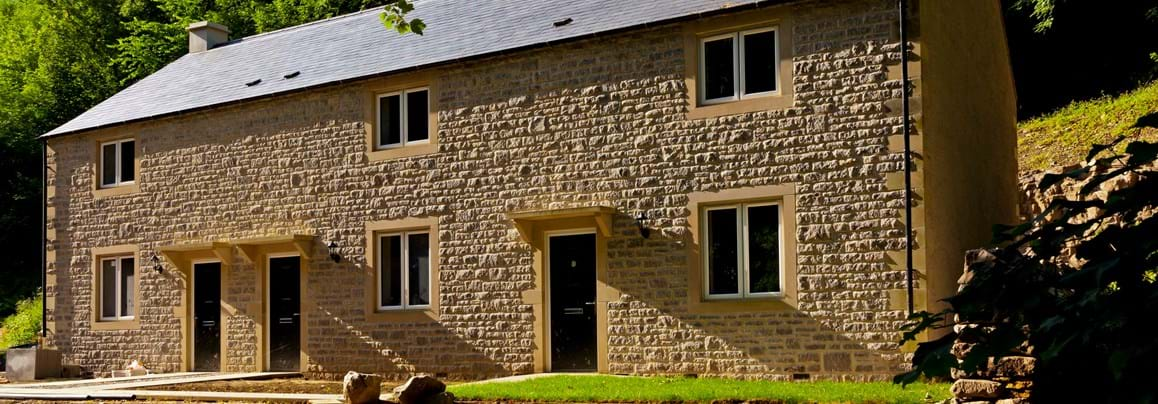- Welcome/
- Developing new homes/
- Affordable rural housing development process/
- Rural Exception Site - the process
Rural Exception Site - the process

Getting started
- Step one: Recognise the need and make a case for affordable housing
The need for affordable housing can come from anyone, but typically from:
- a parish council
- a landowner bringing forward a piece of land
- someone in the community identifying themselves as having an affordable housing need
- the local rural housing enabler asking the parish council if they would like a new housing needs survey, as they expire every three to five years
- Step two: Housing needs survey carried out to evidence the housing required
A housing needs survey:
- is an anonymous questionnaire sent to every household in the parish
- identifies the amount of affordable housing that is needed and the type and tenure of housing
- establishes what is affordable to the household looking for somewhere to live, for example social/affordable rent or shared ownership.
How are they used?
The result of the housing needs surveys are then used by the community (i.e. parish council, CLT, housing association, local authority) to decide whether to proceed.
Step three: Identifying a suitable site
- Parish Council local expertise
The best place to start when looking for site options is with the Parish Council.
They are familiar with its area, community and history which can be essential in identifying a site.
- Site walk around of parish
We would invite the parish council, local authority, CLT, planners to walk around the parish looking for suitable sites. We would appraise the sites, looking at a number of factors to decide whether or not it's suitable, for example:
- the location
- access
- topology
- size
- overhead cables and trees
- Speak to the landowner
Once a possible site is identified we would:
- find out who the landowner is
- see if they would be willing to sell at rural exception price - typically £10,000 per dwelling
Design to moving in
- Step four: Draft initial design
We will commission an architect to draft a scheme design to make the case for raising finance.
- Step five: Raise finance for the scheme
We will carry out a financial viability assessment to establish cost and funding requirements. This will include speaking to:
- Homes England
- the Local Authority
- our Board
- Step six: Community consultation on proposed scheme and designs updated
We will organise a community consultation event, giving the community an opportunity to have their say on the design of the homes, housing types and tenure mix. We will:
- display images and examples of what is being proposed, with opportunities for the community to comment
- answer questions about what the scheme will provide and who will live in it
- record all comments, which are included in a report that explains how they have been accommodated and if not, why this has not been possible
Following the consultation the design will be finalised.
- Step seven: Planning permission
As the planners and councils has been involved throughout the process, they will be expecting the full planning submission.
Once approved, land is purchased with a Section 106 in place. This means that the homes will always remain in perpetuity as affordable for local people.
- Step eight: The scheme is built
We tender and appoint a contractor to build the homes.
Once the build is underway, we attend site meetings to monitor progress.
- Step nine: How the homes are allocated
- The local connection criteria is set out in the Section 106, as part of the planning permission.
- Where possible, we will hold an open event for local people to find out more and ask questions about the allocation process
- The homes are advertised by the local authority and they provide us with nominations, with local connection taking precedent.
- Our housing team will meet, interview and do a financial check on each nomination. Successful applicants will be allocated a home.
On completion of the build, residents move in, and there is a community celebration.